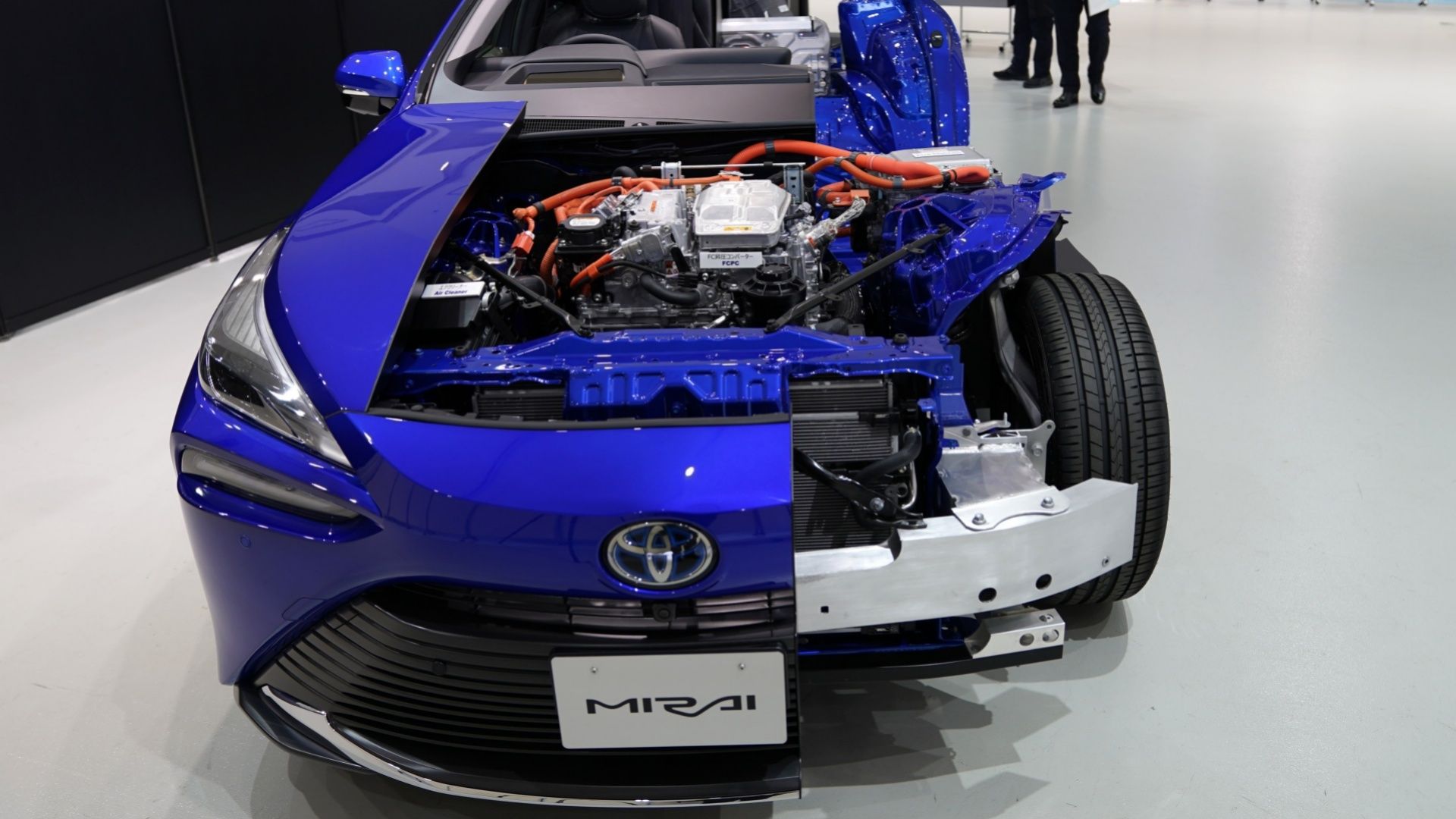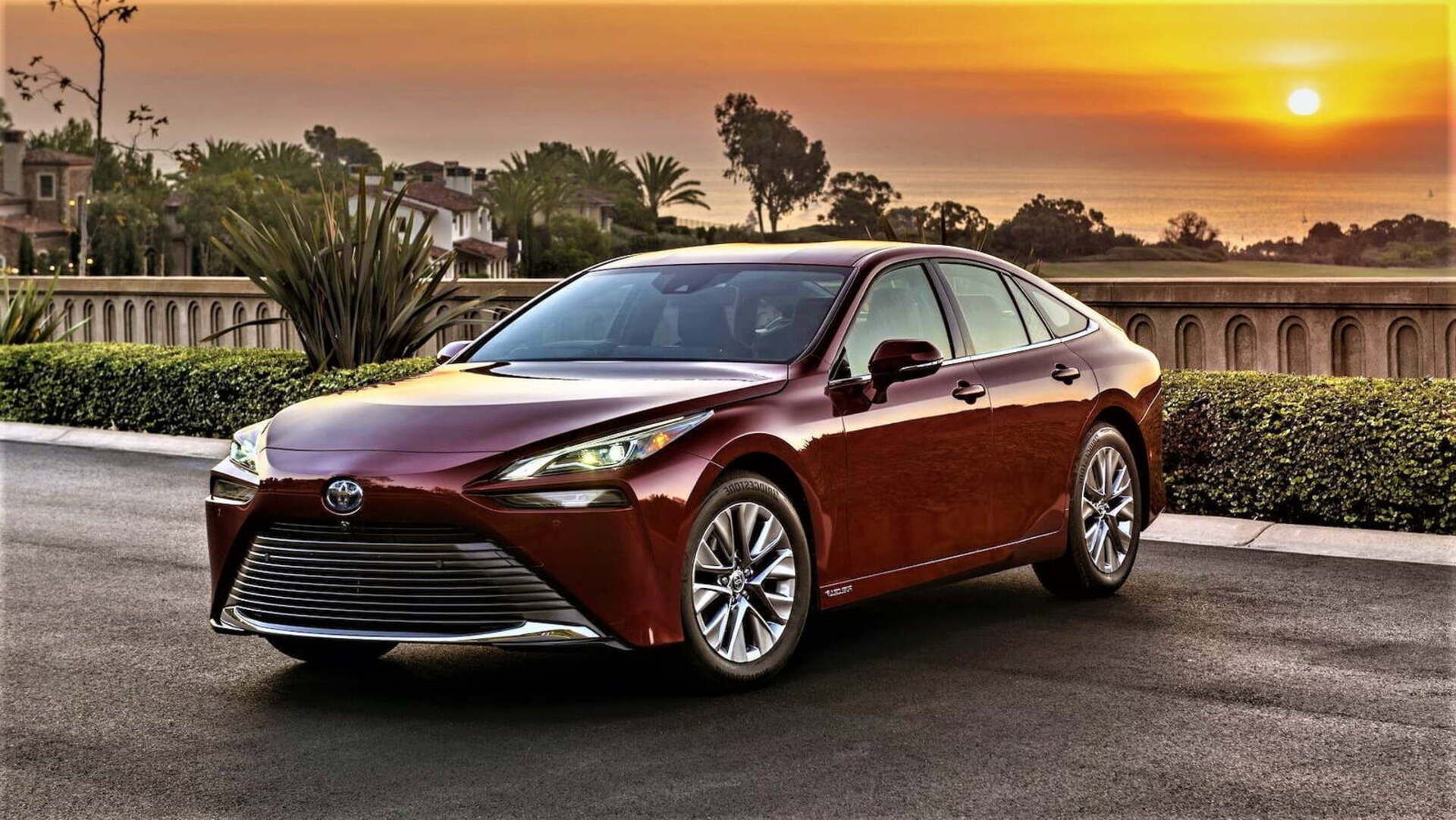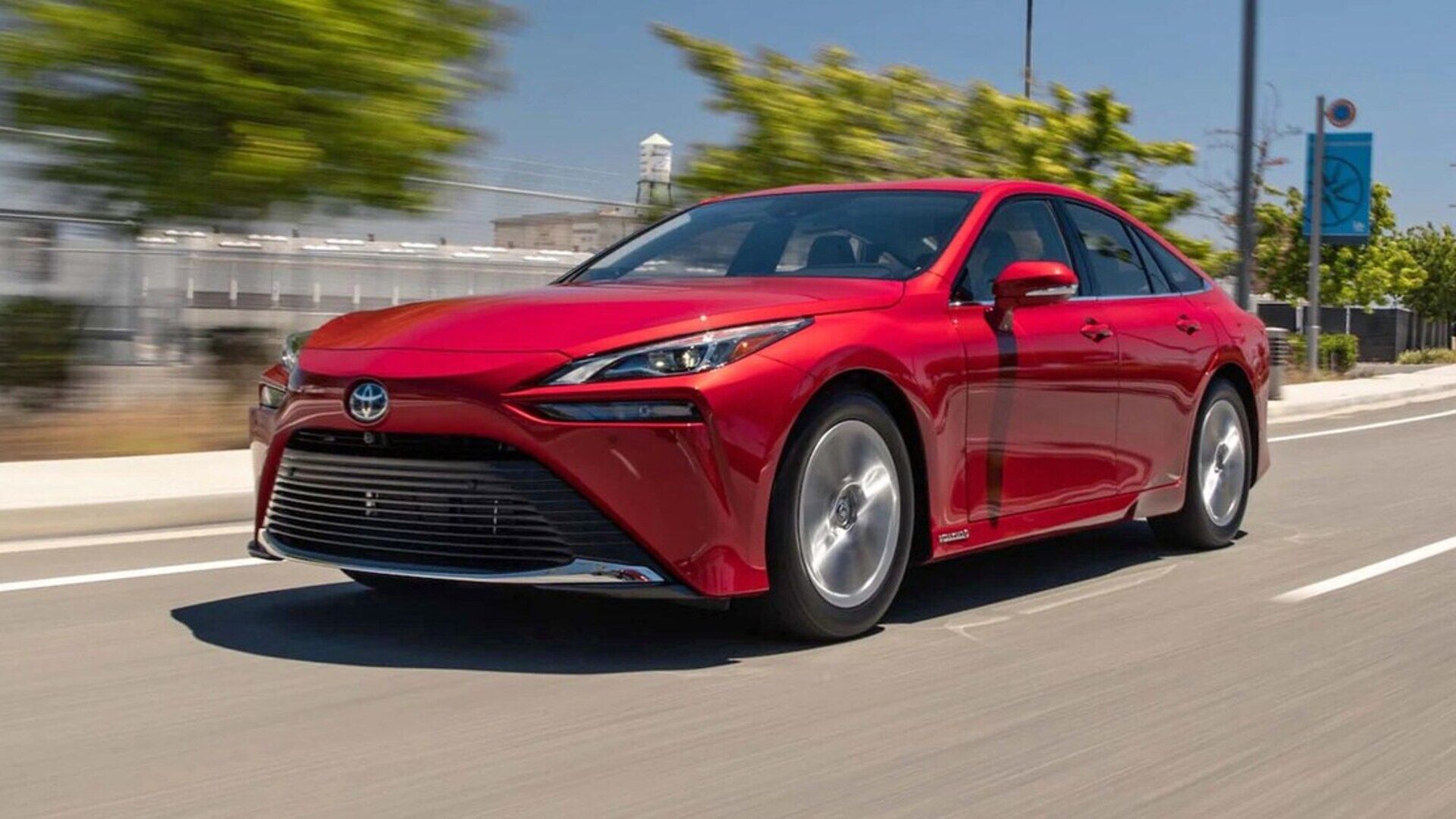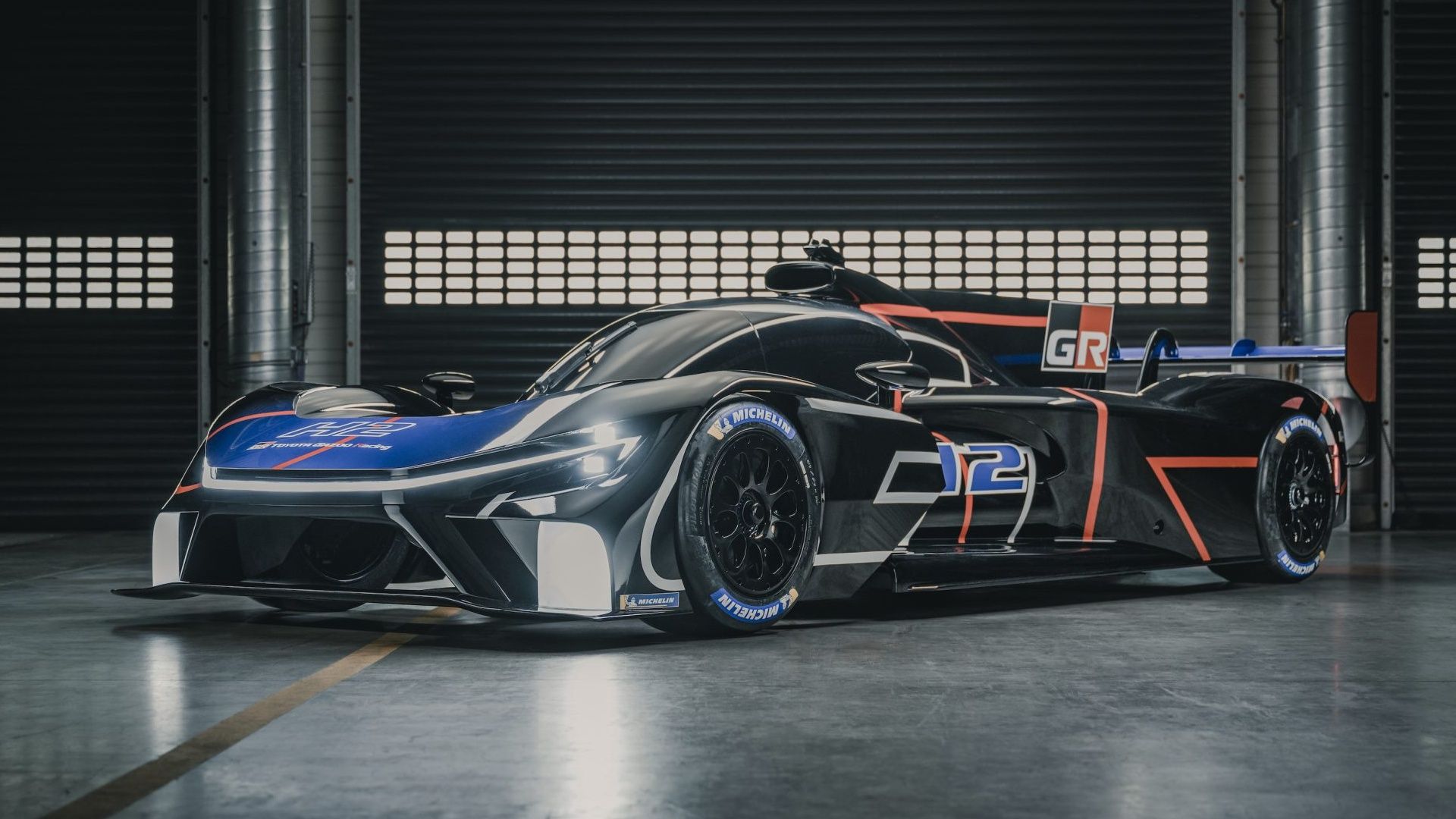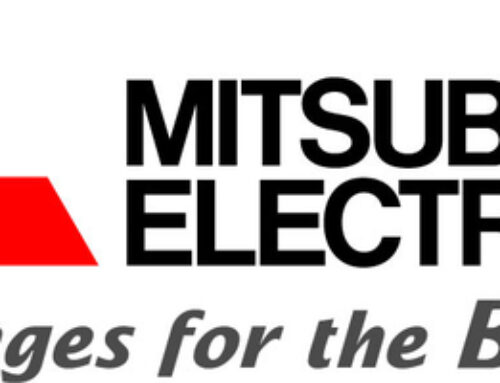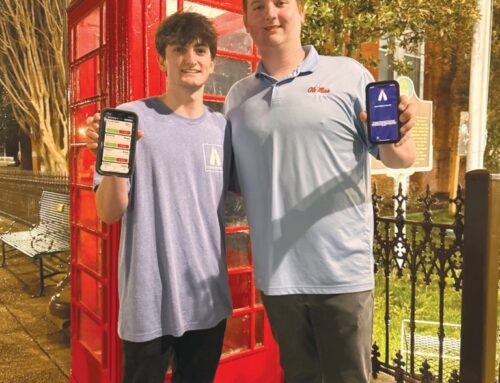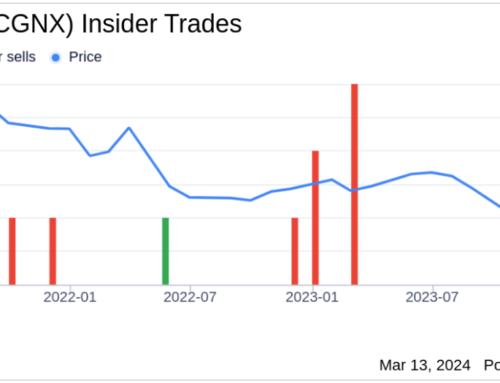Japanese car brand Toyota has been investing in clean energy for its vehicles and manufacturing since the early 90s. Toyota's involvement in fuel cell development dates back to 1992, meaning it has been testing, building, and reducing emissions for more than 31 years. The brand has always been a pioneer in hybrid design, with cars like the Toyota Prius blazing new trails in clean driving. Toyota is also spending millions of dollars developing solid-state batteries and fully electric vehicles that are expected to be on the market by the end of this decade, so it's clear they're on a mission.
Before it was cool to drive or own an EV, brands were testing it out, including Toyota. This may have been done behind closed doors, but Toyota spent a lot of time perfecting the battery, building the platform, and investing in the technology far beyond the time of the general public.
In any case, fuel cell technology has only recently become common knowledge, and we can expect more electric models to use it in the near future. You may remember the hydrogen Toyota Mirai, which is mainly sold in California. This was an example of Toyota's continued efforts to use its power and time to do something unique. To track Toyota's fuel cell timeline, keep reading.
In order to provide the most up-to-date and accurate information possible, the data used in the compilation of this article was provided by Toyota.
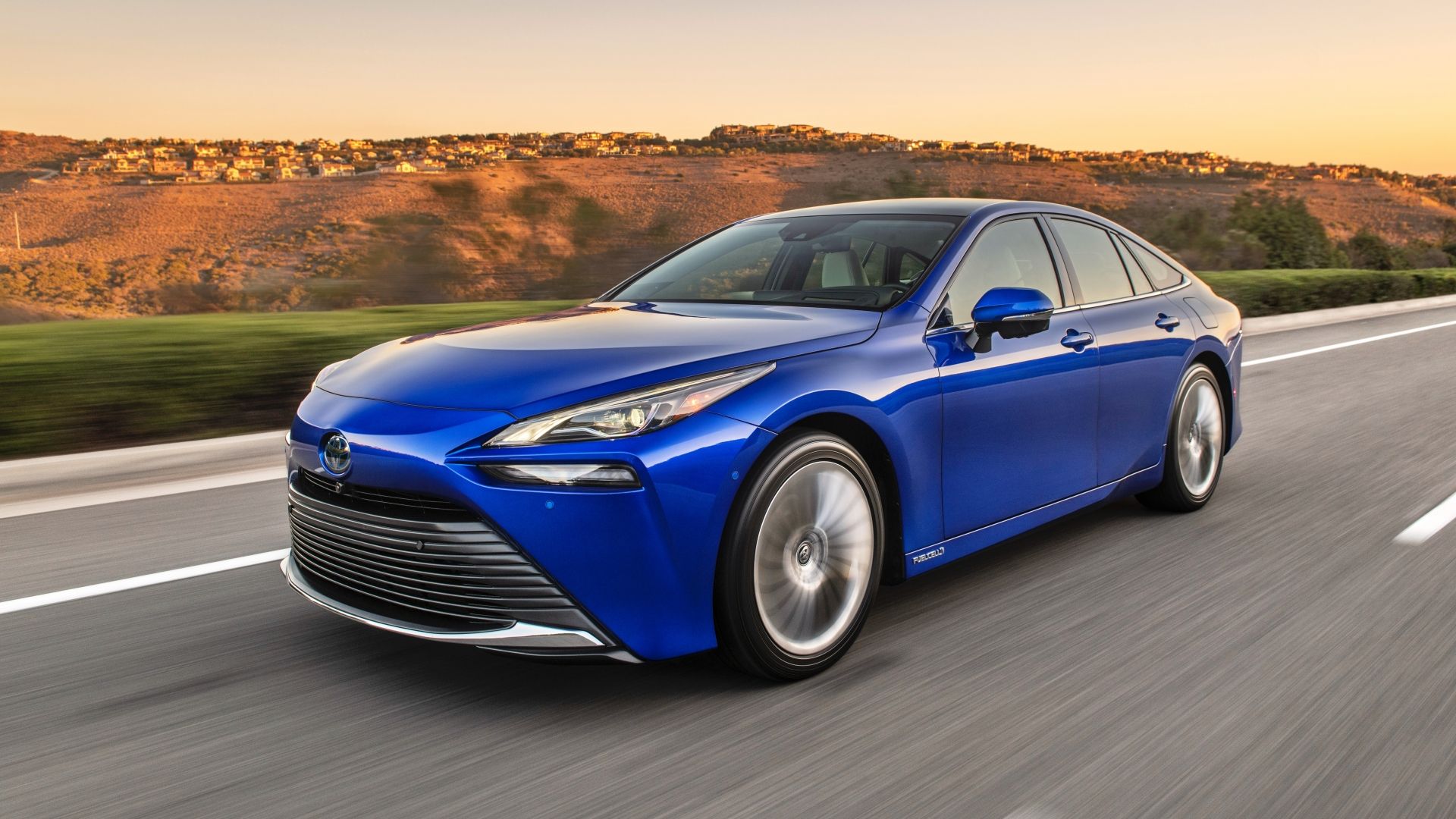
2023 Toyota Mirai: performance, price, photos
Hydrogen-powered Mirai, sold only in California, combines luxury and style and serves as an EV alternative
Toyota's efforts in fuel cells date back to 1992.
What many people don't know is that Toyota has been developing and investing in hydrogen energy/fuel cell vehicles for decades. In 1992, the brand established an electric vehicle development department, gearing up for research and development aimed at meeting stringent emissions regulations. Toyota will continue to crack the code on hydrogen technology and fuel cell EV manufacturing for years to come.
Additionally, Toyota introduced concept models such as the Town Ace and Crown Majesta EV, laying the foundation for a new way of thinking about driving. After all, this Japanese brand has always aimed to be several steps ahead of its competitors. This is even truer today, when Toyota has already released a *technically* full-fledged hydrogen model, the Mirai.
By the mid-1990s, Toyota's focus shifted to fuel cell technology and the RAV4 EV-based fuel cell electric vehicle (FCEV) was introduced.
Toyota's slow but steady transition to fuel cells
As the years have gone by, Toyota has continued to publicly tease research into fuel cell and hydrogen-fueled vehicles, even going so far as to actually launch them. The market is now moving rapidly toward electrification, and Toyota finds itself at the pinnacle of domination.
In 2002, the brand established a dedicated division to research this technology, the Fuel Cell System Development Center. This division of the Toyota Group focused on the successful operation of fuel cell vehicles in extreme conditions and the certification of high-pressure hydrogen tanks.
Actual test: In 2006, FCHV-BUS operations were expanded to areas around Chubu Centrair International Airport. This continued to be successful for many years.
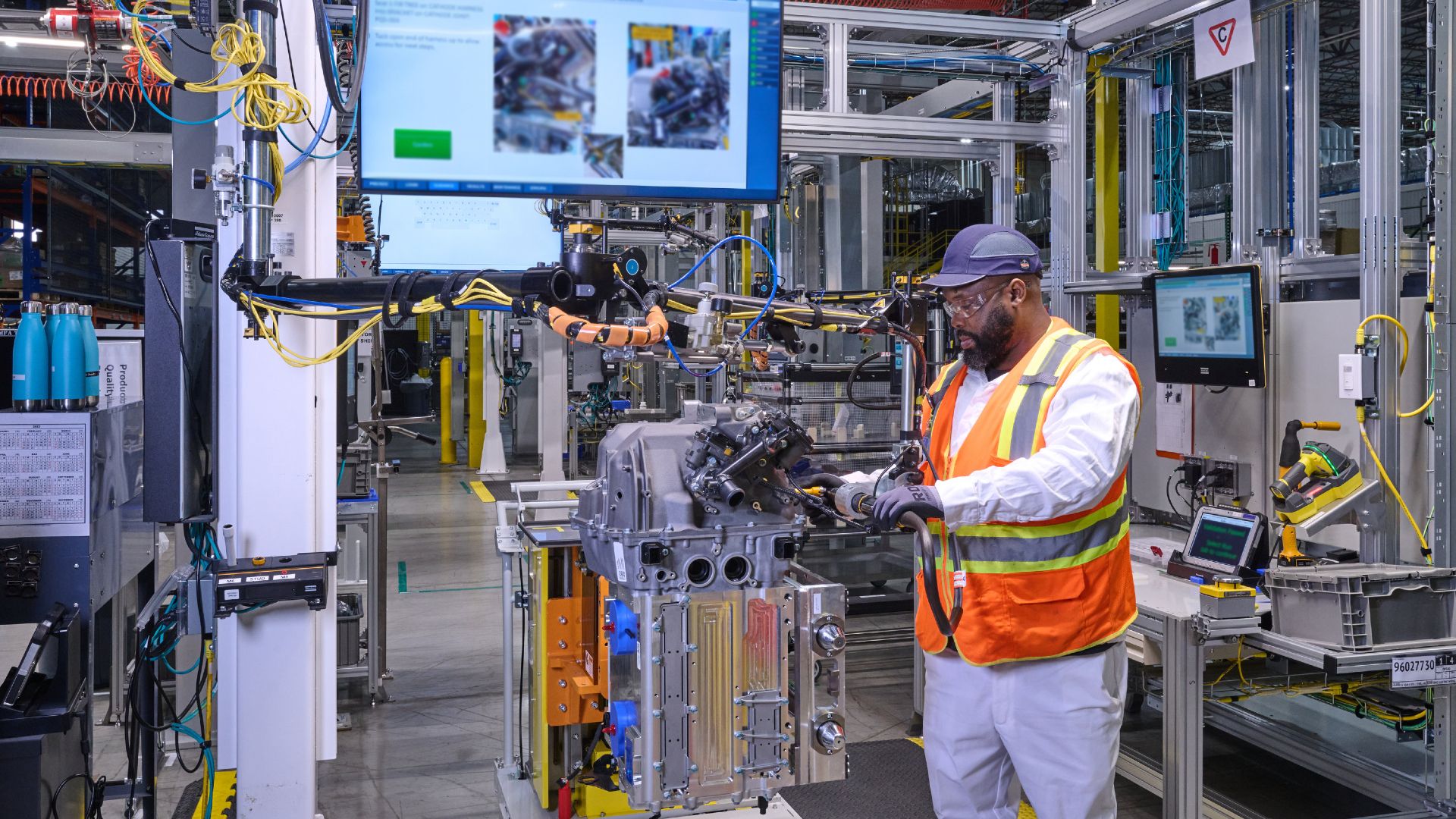
10 things to know about Honda and GM's hydrogen fuel cell partnership
GM and Honda are making great strides in hydrogen technology, and here's everything you need to know about their partnership.
Toyota takes on the challenge of full-scale hydrogen model
Toyota has been trialling, testing, and releasing fuel cell vehicles to the world for years. In 2015, the brand debuted his FCV Mirai, which offers a range of 300 miles per hydrogen fuel charge. To this day, this still exceeds many EVs and their range, which is an interesting point in favor of fuel cell energy. What has always been great about hydrogen/FCVs is the range and freedom of refueling an ICE without using a drop of gasoline.
Hydrogen has always been a great alternative to both gas and electric powertrains as we know them. As long as you have an onboard hydrogen tank or access to a refueling station, you're good to go. However, the world lacks many of these, and we are only beginning to see government interest in fuel cell design.
Remember, not everyone is a Toyota. Most people have no idea that you can drive a hydrogen-powered car, truck, or SUV without a charger. But Toyota is raising awareness about this issue, so perhaps this could be the start of something great for Toyota and the world.
California has everything good
In addition to the Mirai released in 2015, California acquired these models. The Golden State is ramping up investment in hydrogen refueling stations and infrastructure to help drivers switch from gas and battery energy to hydrogen and fuel cells.
It is worth noting that as of February 2024, there were an estimated 18,025 fuel cell vehicles sold or leased in the United States. Many, if not all, are Toyota's sedan “MIRAI”. Additionally, California currently has 55 hydrogen refueling stations open to the public. Additionally, a total of 108 hydrogen stations are under development in the state as of this year.
- Total number of FCVs in the US: 18,025
- California hydrogen stations: 55
- Stations under development in California: 108
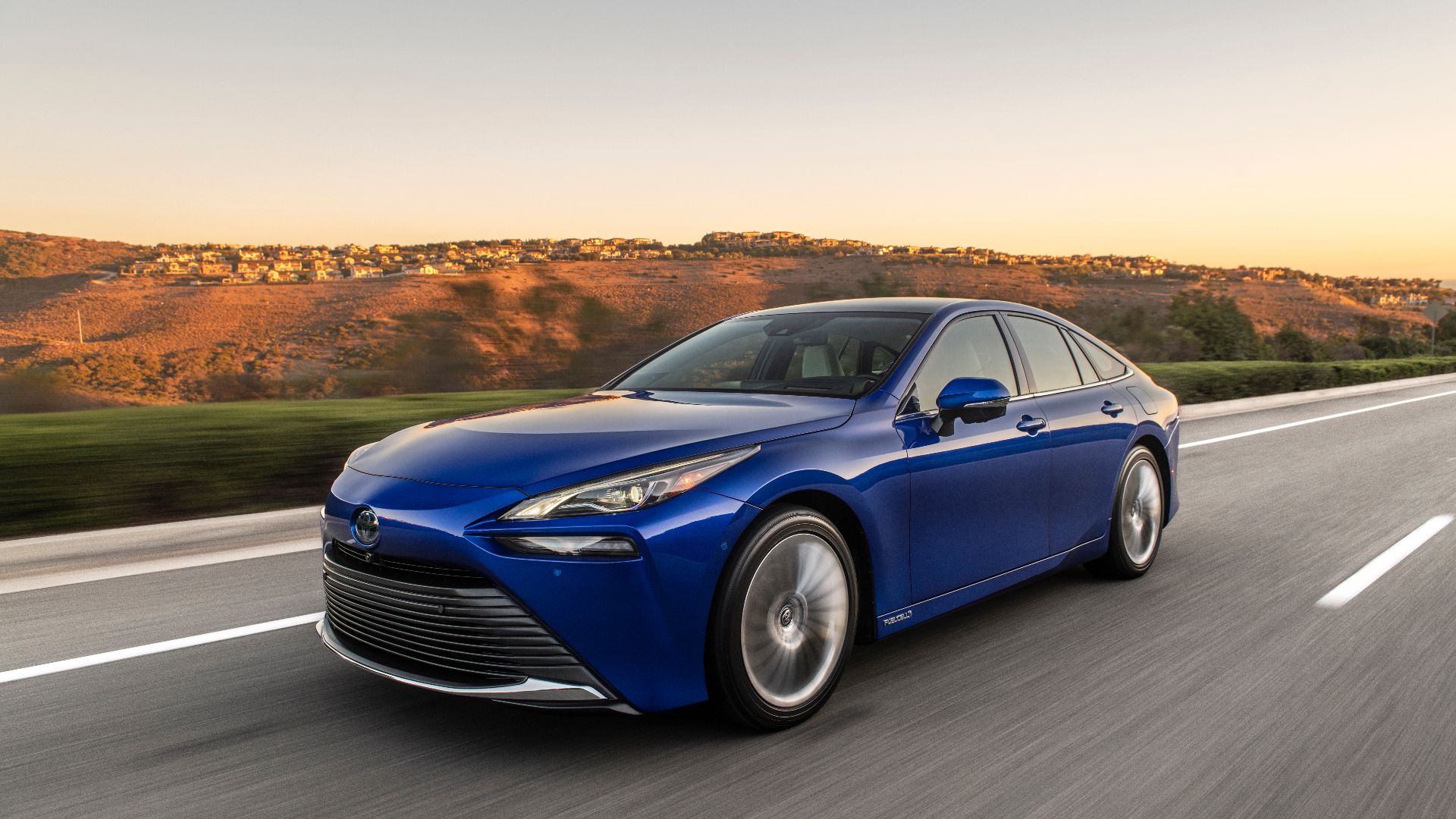
Here's why the Toyota Mirai is a unique car
Unlike ICE-powered cars and EVs, the Toyota Mirai is equipped with a fuel cell powertrain, making it a central part of today's green revolution.
Why this next chapter matters for Toyota
Considering that Toyota has been working on fuel cell development since the early 1990s, the 2020s and 2030s will be a pivotal period for the company. As of 2024, our brand has released the latest generation Mirai, which has proven to be a great investment for the brand. Much of the engineering and groundwork for Toyota's fuel cell design was done in his early 2000s, which puts him light years ahead of the likes of Honda, GM, and Tesla. Mirai, which is sold in California and the United States, is slowly developing its fuel cells. Cell infrastructure, this will only push Toyota to the top of the food chain.
Toyota has been committed to establishing hydrogen supply infrastructure together with other manufacturers since 2011.
Another noteworthy aspect of Toyota's fuel cell schedule is that in 2011, a total of 13 automakers, including Toyota, pledged to realize a hydrogen supply chain by 2015. Coincidentally, Mirai was also released that year. That's because Toyota is committed to this fuel cell promise. The Tokyo Motor Show also continues to be the place to see the most Toyota hydrogen announcements.

History and mystery of hydrogen cars
The history of hydrogen cars dates back to the early 1800s. Here's everything you need to know about hydrogen cars.
Toyota is the future of fuel cell driving
Adding to Toyota's continued success and innovation in the hydrogen market, the Japanese manufacturer plans to replace engines and batteries in existing models with fuel cell hydrogen systems. This is the company's mission and will be realized by his next decade.
The 2024 Mirai is a perfect example of how quickly Toyota has advanced this technology, with a range of over 400 miles per fuel. That's an increase of 100 miles in less than 10 years. No one knows how far the company will be able to go by 2030, when these hydrogen models are commercialized on a large scale around the world. In any case, if you are planning to buy a hydrogen car from Toyota, keep an eye on Mirai as they have been offering testers for many years.
US and Asia are prioritized
One thing to remember about this hydrogen boom is that it is likely to be prioritized in the US/North America and Japan/Asia. These two countries and continents are developing hydrogen infrastructure relatively quickly, so Toyota will continue to focus on the region.
Of course, Europe is leading the way when it comes to EV infrastructure and development, so we expect the market to follow. By 2030, Toyota will have a significant number of fuel cell vehicles dominating the roads around the world. If you think about it, this all started as a wild experiment for him in 1992. Ah, time flies.


